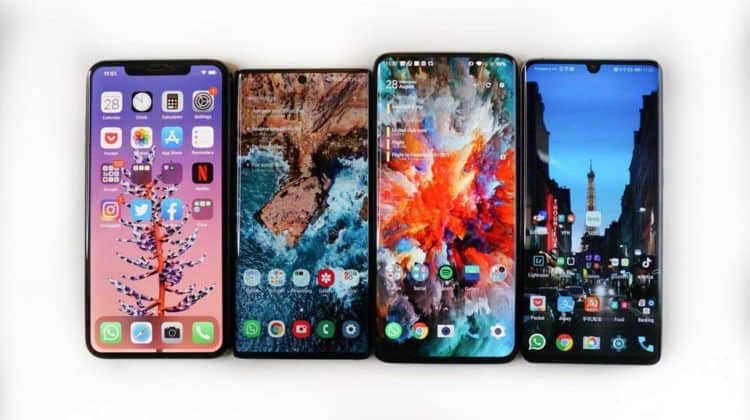
Remember when phones had tiny screens with minimum information, and when touchscreen phones came out, we thought we would never need anything bigger? Well, people disagreed with that, and soon, we had tablets appear in the market as well. But how about a device that can make absolutely everyone happy? That’s where the phablet comes in. Read on to know all about these amazing gadgets.
What is a Phablet?
First off, let’s answer the big question on your mind — what is a phablet? A phablet is simply a phone with a larger display, and dimensions-wise sits somewhere between a phone and a tablet. Or, in more technical words, it is a mobile device combining the size formats of phones and tablets.
Of course, the definition is constantly evolving, and the term ‘phablet’ was coined when phone displays were three to four inches across. As phone screens got larger due to user demand, the market kept up by offering plenty of excellent phablets. For example, many large Android phones and the Max variants of iPhones are considered phablets.
Phablets: Pros and Cons
Now that we have defined what a phablet is, is it really for you? You might have a strong opinion about them, but wait till you go through our list of pros and cons!
Phablet Pros
- Screen size! Obviously, larger screens mean a more immersive experience while watching content.
- Peak performance, as phablets feature the best chipsets imaginable.
- People with reading difficulties, or even those who wish to avoid straining their eyes, would love phablets over smaller phones.
- Phablets have great camera capabilities.
- Battery life, anyone? The best feature of a phablet is the extra juice, meaning you can get a lot more done in a day.
- Gaming feels a lot more immersive, with more details and better graphics.
- Sometimes, if you need to fill out a web form or edit a document, you’ll be grateful for the extra screen real estate a phablet offers.
Phablet Cons
- The size. Unfortunately, the best part about a phablet may also cause you inconvenience as you may have trouble fitting them into your pockets.
- Phablets are a bit unwieldy, and rubbing the large screen on your face for every call isn’t a lot of fun.
- The larger display means you have to be extra careful with it too. Being handled roughly can easily damage a phablet, as can accidental drops.
- Compared to smaller phones, they usually take more time to charge to 100%.
- They’re heavier than typical smartphones.
- Phablets are more expensive than smartphones.
- One-handed use is close to impossible.
Here’s a great video about some of the best phablets from last year:
What is a Phablet: Examples
If the pros and cons list above has you interested in checking out some phablets, here’s a list of some great phablets you can consider:
Apple iPhone 13 Pro Max
Probably the most well-rounded phablet of them all, this beast of a phone offers a stunning 6.7-inch, 120Hz, Super Retina XDR OLED screen. You get a resolution of 1284 x 2778 pixels and note that this phone features the most powerful smartphone chipset that money can buy — the A15 Bionic. You also get excellent cameras on the rear and front, as well as a massive 4352mAh cell powering the device.
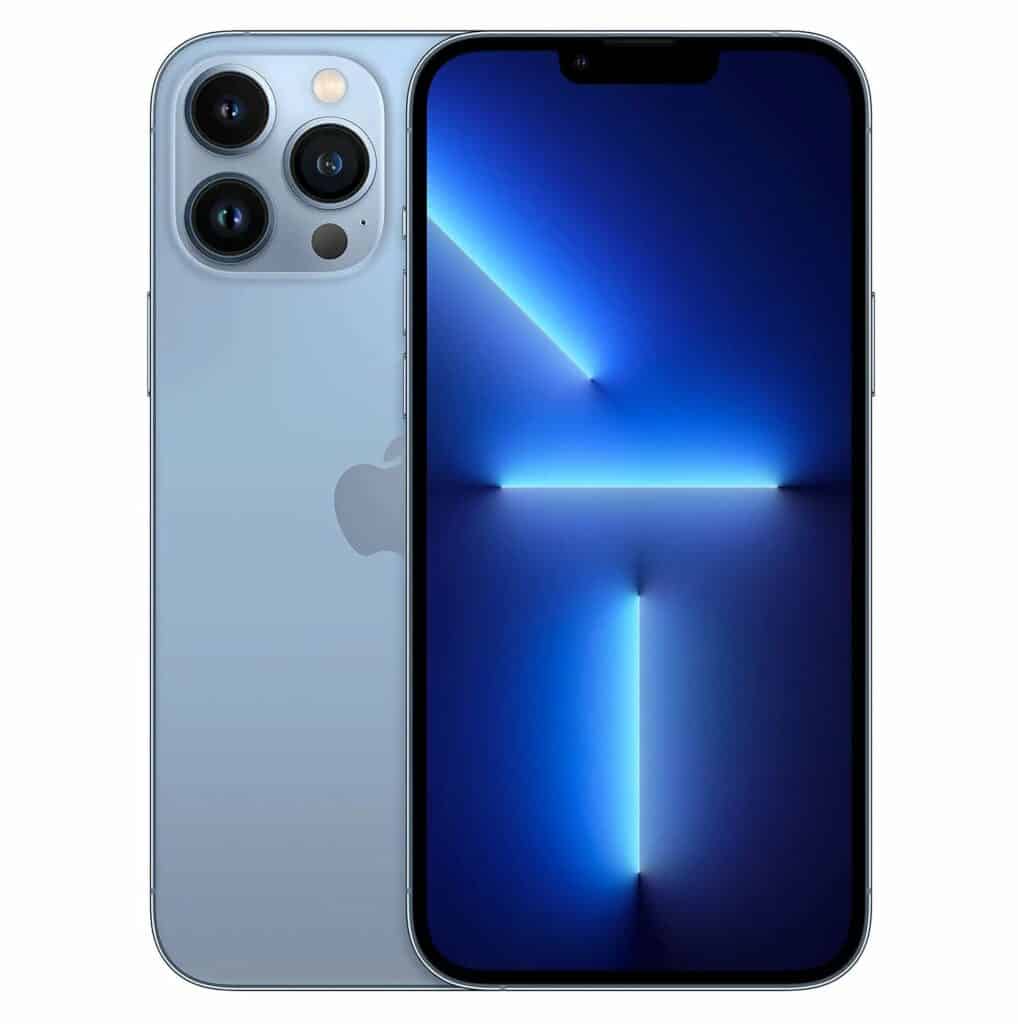
Samsung Galaxy Z Fold 3 5G
If you’re more of an Android fan, this is the best option you can consider if you want to get yourself a phablet. Armed with the powerful Snapdragon 888 5G chip, this phablet comes with two displays — a 6.2-inch Dynamic AMOLED display that offers a resolution of 832 x 2268 pixels. When you unfold the phablet, you see the stunning 7.6-inch Dynamic AMOLED screen offering 1768 x 2208 pixels at 120Hz. The Galaxy Z Fold3 packs a 4400 mAh battery and has excellent cameras.
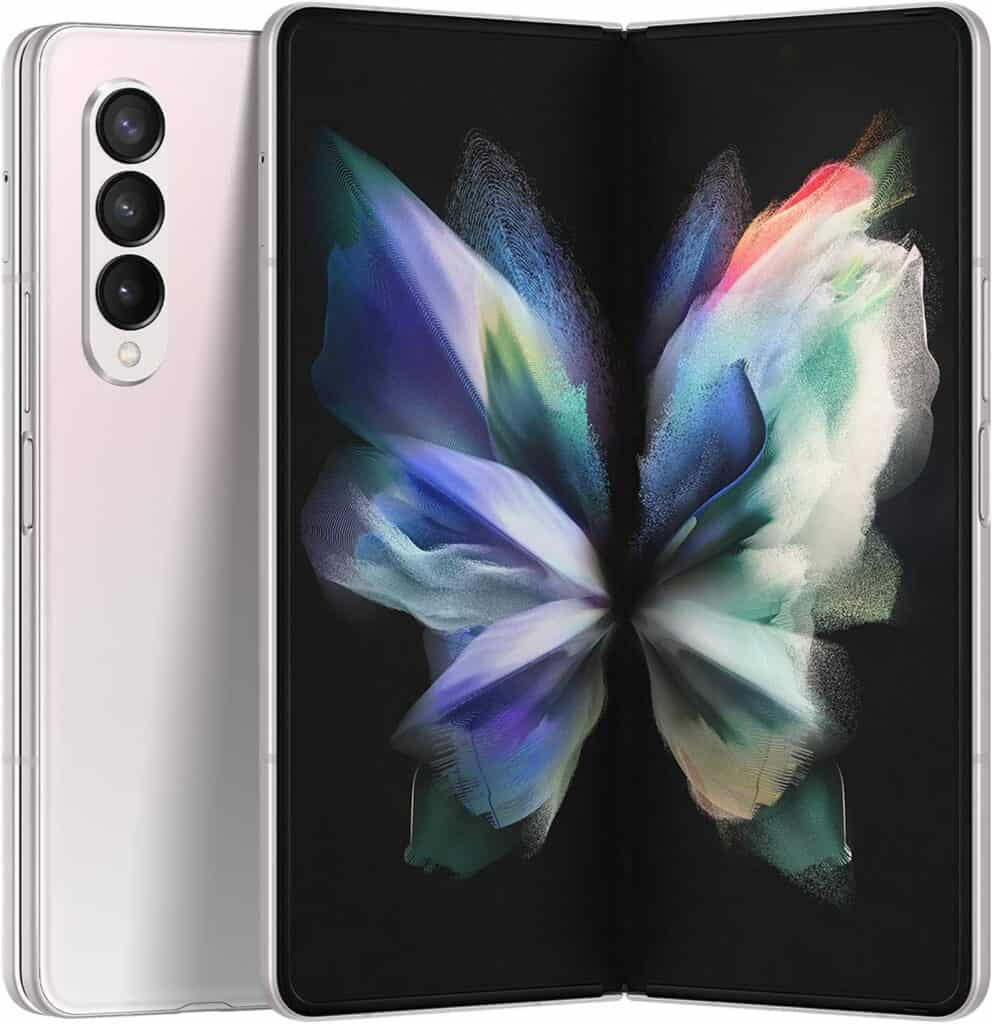
Google Pixel 6 Pro
Google Pixel 6 Pro: The latest in the line of flagship devices from Google, this phone is ideal if you prefer the stock Android experience and enjoy shooting photographs from your phone. The Google Pixel 6 Pro’s 6.71-inch LTPO AMOLED features a 120Hz refresh rate at a resolution of 1440 x 3120 pixels. Powered by a 5003 mAh battery, the Pixel 6 Pro is like carrying around a professional-grade camera and will allow you to take some very memorable pictures.
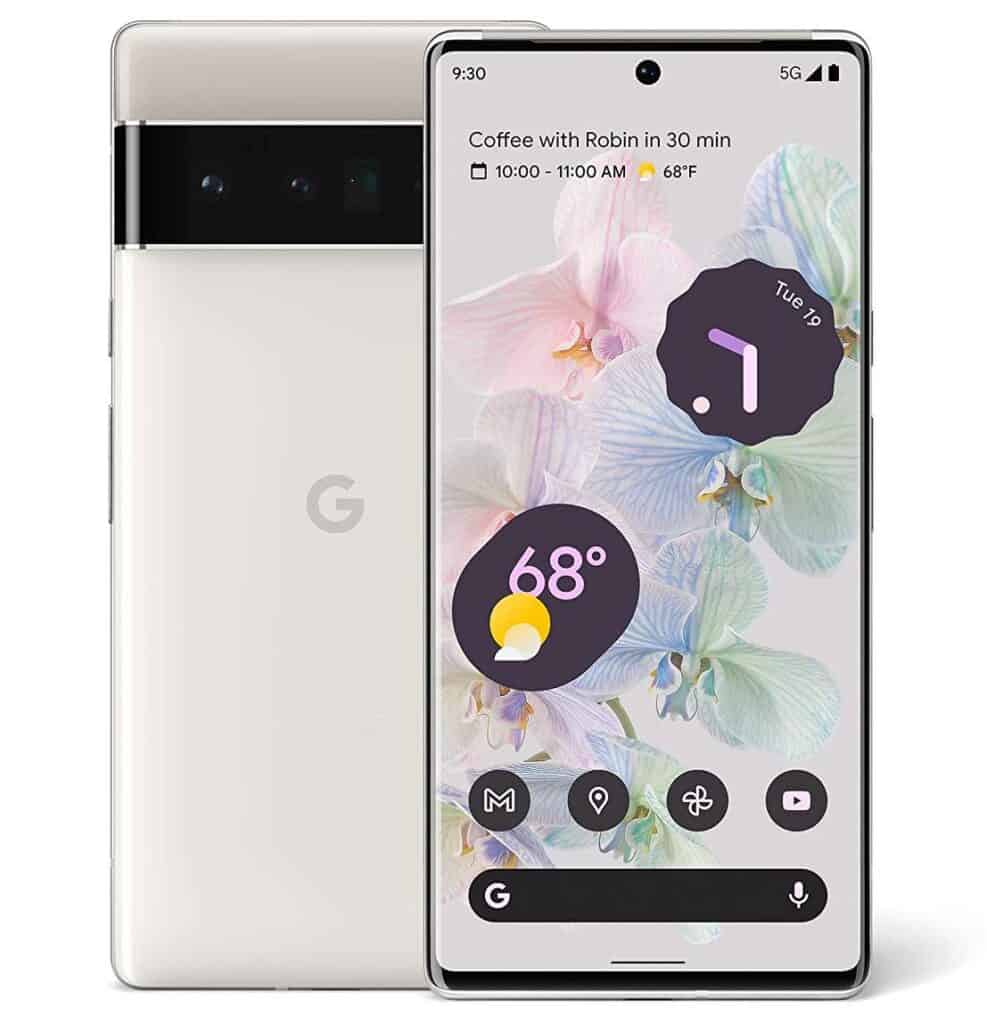
Samsung Galaxy S21 Ultra
The latest in the flagship S-series from Samsung, this phablet constantly features at the top of Android phone rankings every year. Sporting a 6.8-inch 120Hz Dynamic AMOLED display with a resolution of 1440 x 3200 pixels, this phone is sure to leave you impressed. It is equipped with the Snapdragon 888 5G, and thanks to the 5000mAh battery, you won’t be running out of juice any time soon.
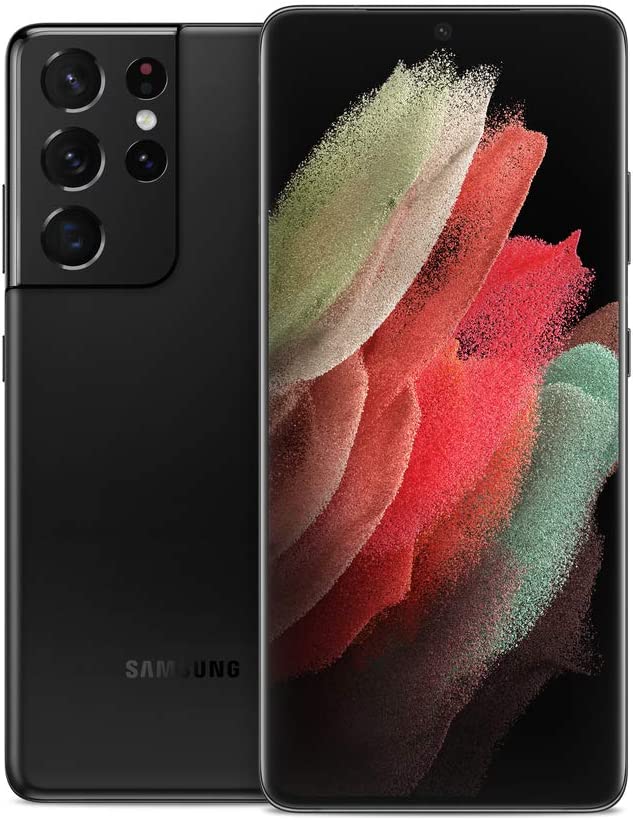
Xiaomi Mi 11 Ultra
The most spec-ed out phone that Xiaomi offers to the world, the Mi 11 Ultra is great for those looking for a powerful phablet. The AMOLED screen measures 6.81 inches across and has a 120Hz refresh rate at a resolution of 1440 x 3200 pixels. You get top-notch performance thanks to the Snapdragon 888 chipset, and the phone carries plenty of charge because of the 5000mAh cell.
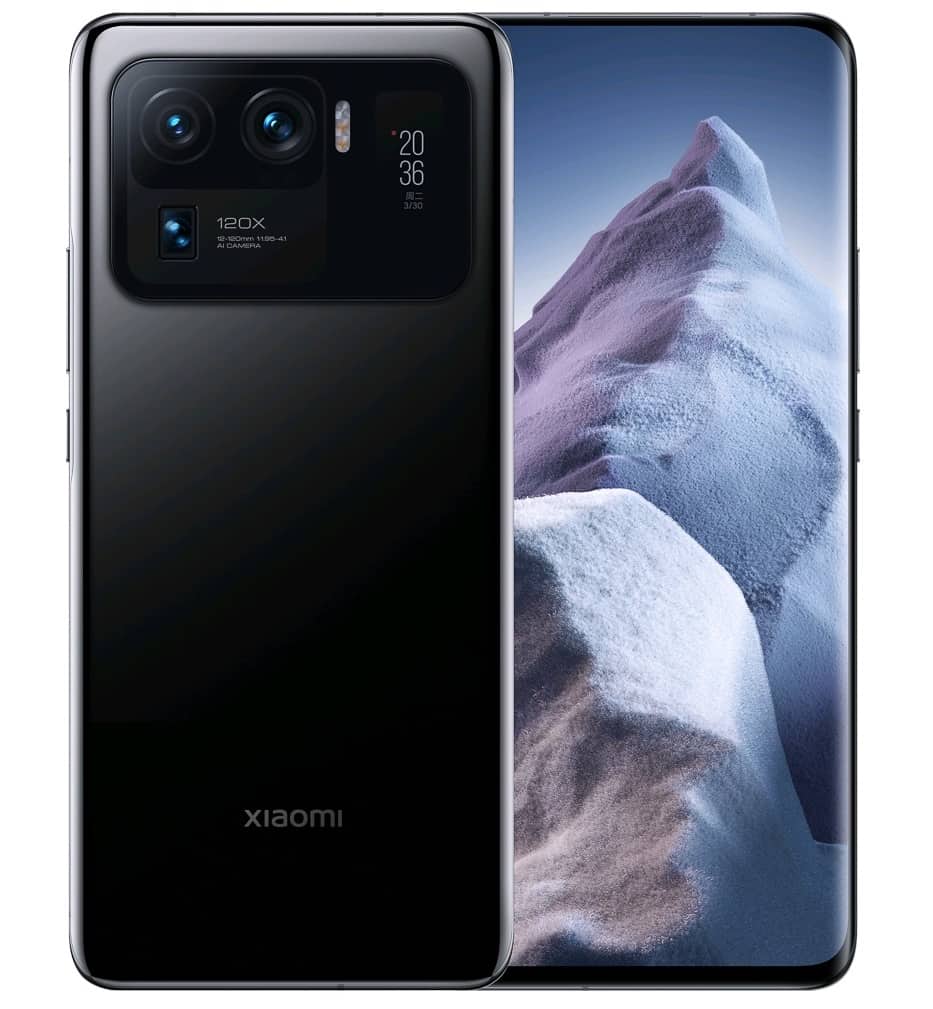
Some other phablets you can look at include the Oppo Find X3 Pro, OnePlus 9 Pro (and the upcoming OnePlus 10 Pro), Xiaomi 11T, Huawei P50 Pro, and the Nubia Red Magic 6S Pro, among others. While you’re at it, you should check out an article we wrote about the best phablets we could think of!
Phablet Features
There are many great things about phablets because anything that a smartphone can offer you, the phablet does the same in copious quantities. Let’s take a peek at just how good it gets:
Performance
As should already be clear from the list above, buying a phablet assures you of lightning-fast performance from your device. Manufacturers offer peak performance on their flagship phablets, so if you’re looking for a zippy device with a great screen and excellent battery life, phablets are the right choice for you.
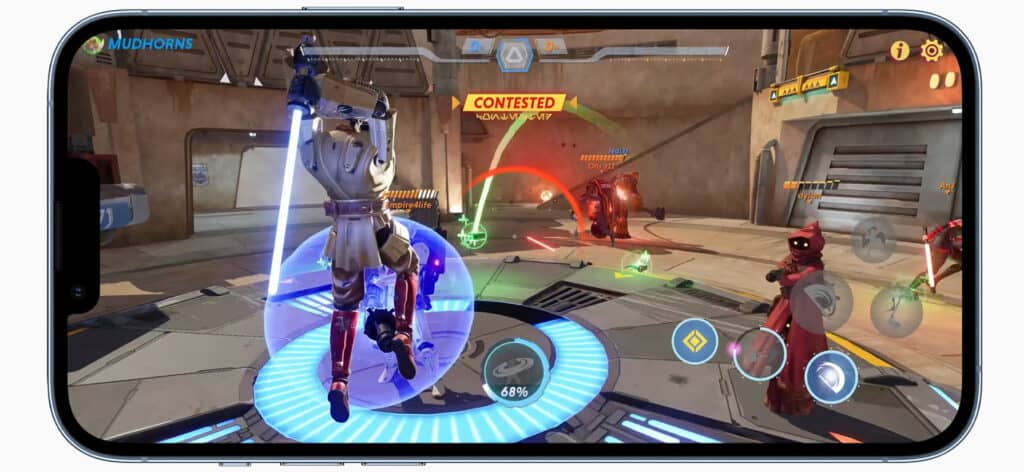
Display
Since phablets were born from users demanding superior screens, it only makes sense that phablets carry the richest and most detailed displays. Pull up any of the newest phablets on the market, and you will see that the displays almost always offer a high refresh rate, maximum resolution, high pixel density, very high brightness levels, and excellent protection (Corning Gorilla Glass!).
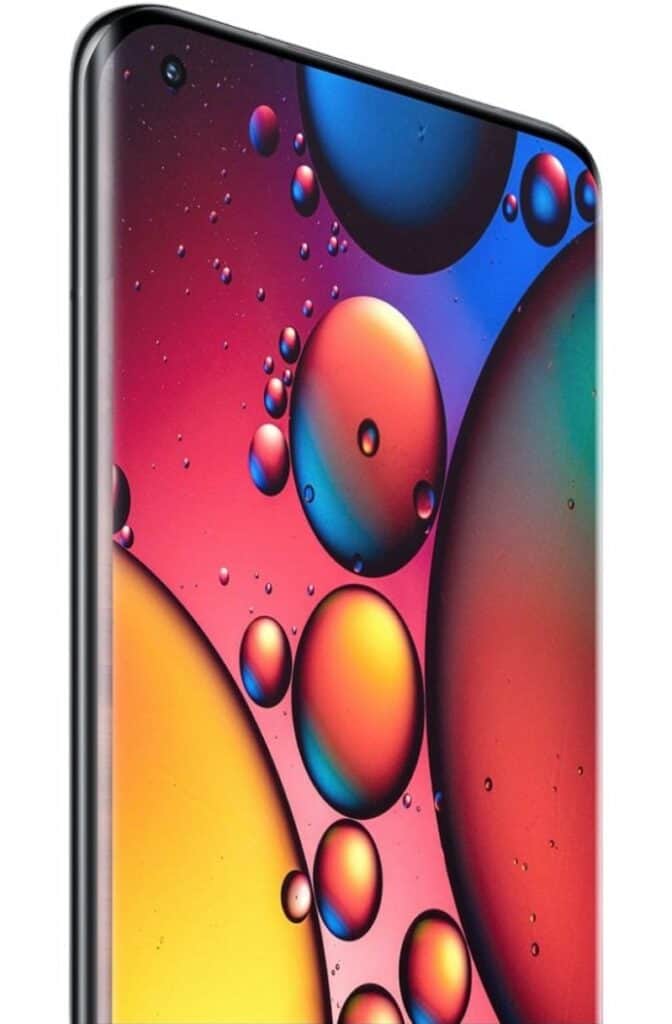
Watching movies and TV shows
It may not always be convenient to open up your laptop and watch YouTube or Netflix, especially when you’re in a cab or traveling on the subway. What better way to catch up with the latest episodes of your favorite series than on a phablet?
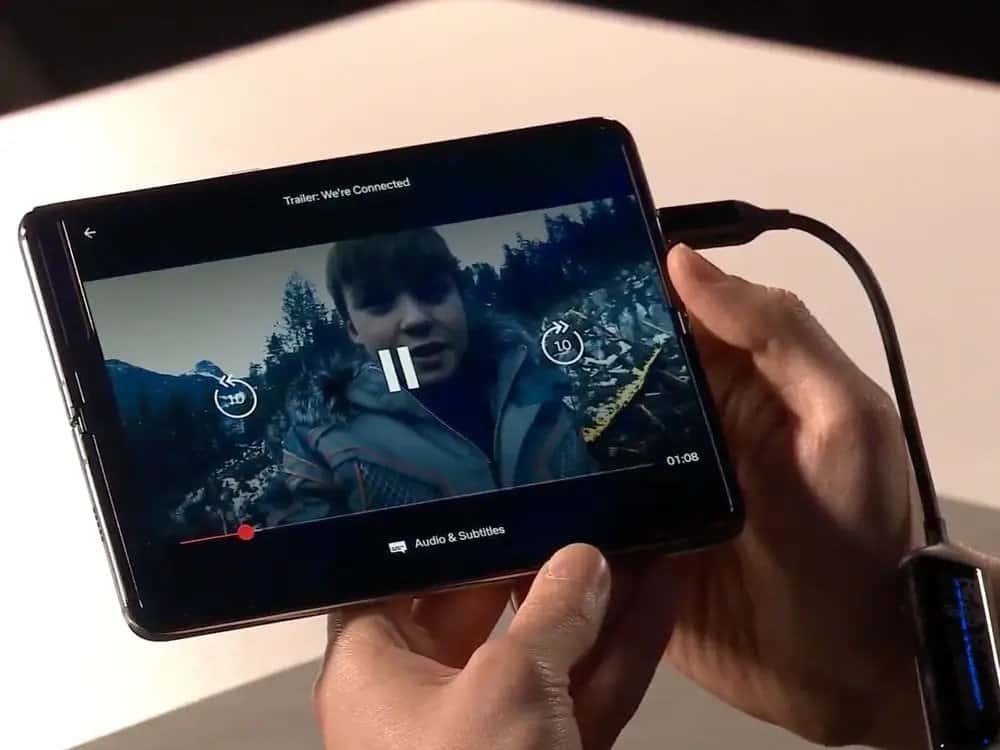
Camera
Social media has us sharing a ton of content online, which means your device needs to be able to photograph your world properly. Be it an iPhone or a Samsung phablet, powerful hardware combined with artificial intelligence will ensure you get the best possible videos and photos. And selfies!
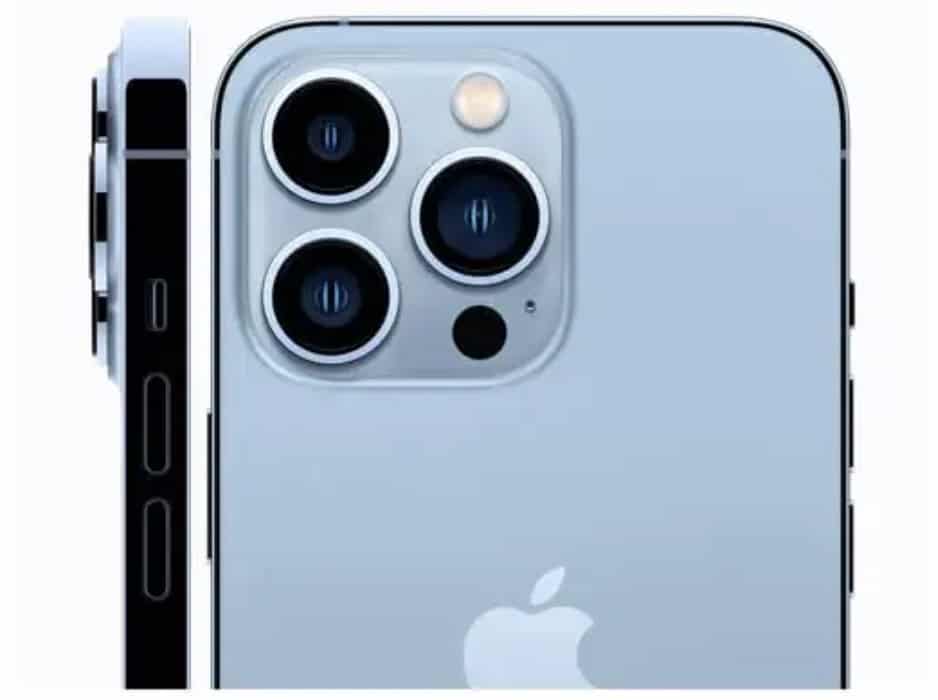
Multitasking and productivity
Admit it, most of us have Spotify playing in the background while we browse through Instagram, as well as a paused game and a food delivery app that you occasionally check. But what if you wanted to multitask and create a list while browsing or fact-check online while you finish an email? A phablet is a blessing at times like these since you can simply split the screen or even quickly switch between apps as fast as you can think.
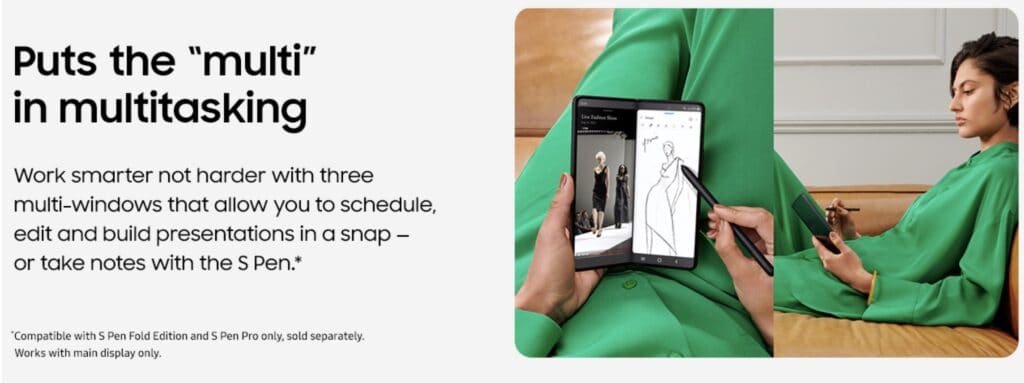
Portability
Once you get used to carrying a phablet, you’ll quickly forget the inconvenience part, as the benefits far outweigh the annoyance. Being able to do almost everything you do on a laptop while on the move is the biggest reason people buy phablets.
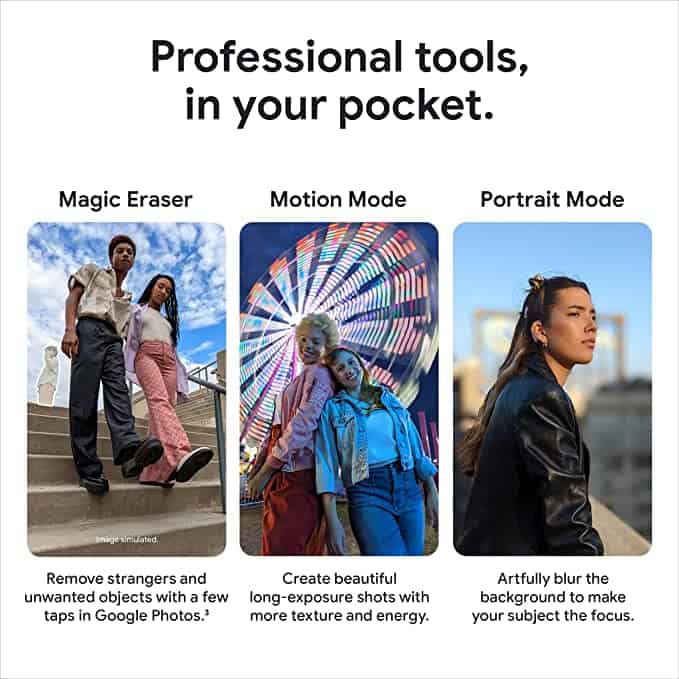
History of Phablets
The term ‘phablet’ comes from combining ‘phone’ with ‘tablet’ and picked up popularity when Samsung released its Galaxy Note series in 2011. But looking back at history, which was the first phablet, by definition? The closest device is the HTC Advantage, which was launched in 2007. It had a 5-inch TFT screen and a QWERTY keyboard. It ran on Microsoft Windows Mobile 5.0 and was powered by a 200mAh battery.
Another device that was called a phablet back then was the Dell Streak. Released in 2010, this device had a 5-inch TFT screen that displayed a resolution of 480 x 800 pixels. It ran on Android OS and packed a Snapdragon S1 chip under the hood. While these devices didn’t fare very well, Samsung’s Note series changed the tide for phablets in general.
Frequently Asked Questions
What is considered a phablet?
A phablet is basically a phone with a display over 5.5 inches and less than 7 inches. The term comes from combining the words phone and tablet.
What is the difference between tablet and phablet?
A tablet may not have calling capabilities, unlike a phablet, which definitely does. Though, that distinction is slowly fading with time. Tablets are also much larger than phablets.
Related Read: Phablet vs Tablet: Which is the right device for you?
Can you make calls on a phablet?
Yes, you can make calls on a phablet as it has a sim card slot or supports phone carrier plans.
How does a phablet work?
A phablet works like any normal phone and typically has superior specs and features compared to phones.
Conclusion
We hope our article answered your question: what is a phablet? As you must have realized after reading this article, phablets are gaining immense popularity thanks to all their awesome features, so now would be a great time to get your hands on a good one. Did you have any phablet in mind? Shoot us a question in the comments, and we’ll gladly respond!

Leave a Reply